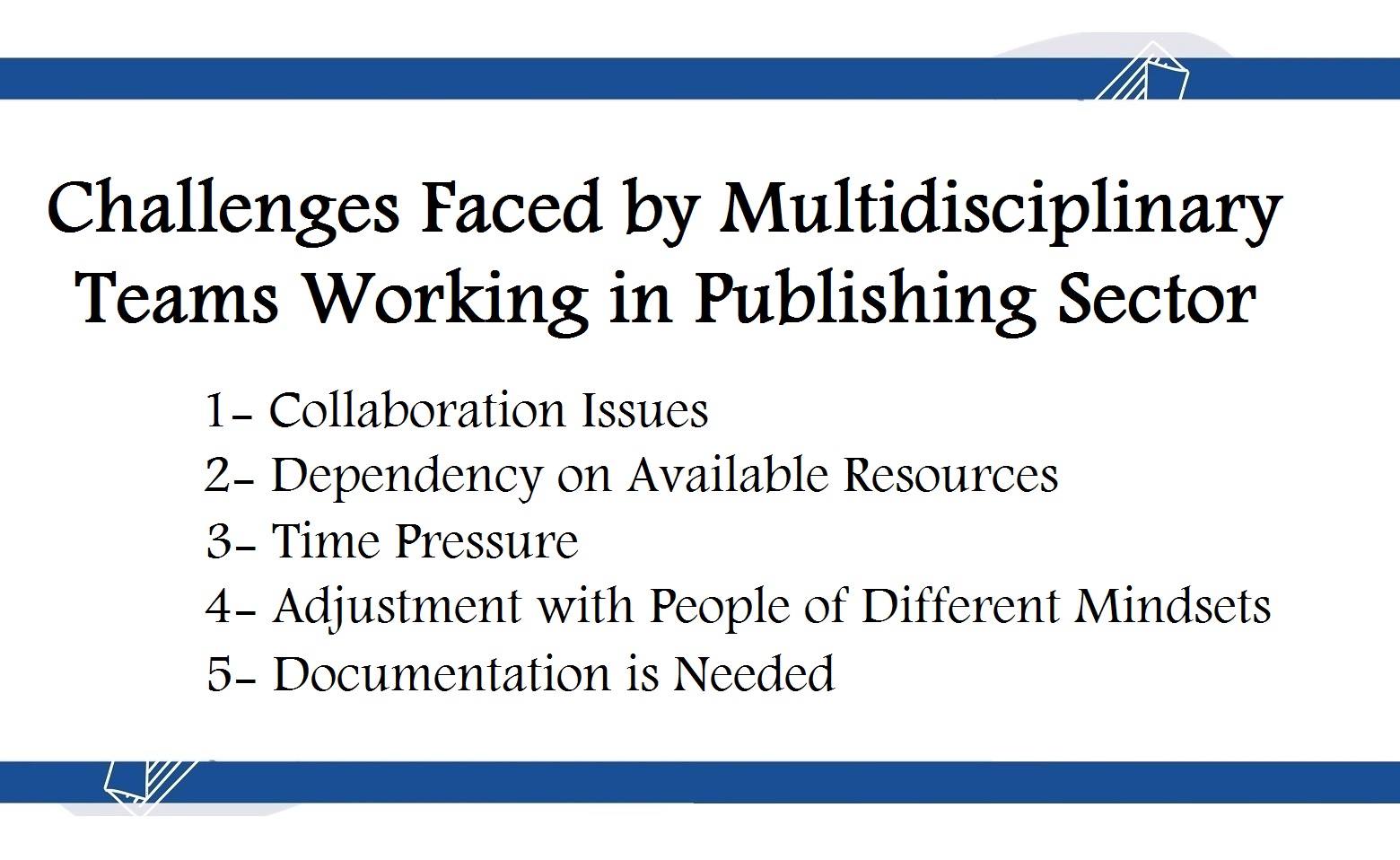
Introduction to Multidisciplinary Learning
Imagine a world where learning isn’t confined to the walls of a single discipline. A place where knowledge flows freely between subjects, sparking new ideas and inspiring innovative solutions. This is the essence of multidisciplinary learning. It’s an approach that transcends traditional boundaries and invites curiosity from every corner of academia.
In today’s fast-paced environment, problems are rarely black and white. They demand insights drawn from various fields—science, art, technology, and beyond. Embracing a multidisciplinary approach equips learners with diverse perspectives essential for tackling complex issues in our interconnected world.
As we delve into the benefits of this enriching way of learning, you’ll discover how it can transform not just education but also your personal growth and professional development. Let’s explore why adopting a multidisciplinary mindset is more relevant than ever!

Benefits of Multidisciplinary Learning
Multidisciplinary learning opens doors to a wealth of benefits. By merging different fields, learners gain diverse perspectives that enhance their knowledge base. This approach fosters adaptability in an ever-changing world.
It encourages students to connect ideas across disciplines, leading to enriched understanding and deeper insights. As they explore various subjects, they develop a more holistic view of complex issues.
Moreover, multidisciplinary learning nurtures critical thinking skills. Students learn to analyze situations from multiple angles and make informed decisions based on diverse information sources.
This method also ignites creativity and innovation. When individuals combine concepts from different areas, they often uncover novel solutions that wouldn’t surface within the confines of a single discipline.
Such collaboration enriches the educational experience while preparing individuals for real-world challenges where interdisciplinary teamwork is essential.
Improved Critical Thinking Skills
Multidisciplinary learning sharpens your critical thinking skills in remarkable ways. When you engage with diverse subjects, you learn to analyze problems from various perspectives. This approach encourages flexibility in thought and enables deeper understanding.
By integrating knowledge from different fields, you’re prompted to question assumptions and explore alternative solutions. You become adept at recognizing patterns, drawing connections, and evaluating evidence critically.
This skill isn’t just academic; it translates into everyday life. You’ll find that making decisions becomes easier as you weigh options more effectively. The ability to think critically fosters confidence in tackling complex challenges both personally and professionally.
In a world where information is abundant, the capacity for critical thinking sets individuals apart. Embracing a multidisciplinary approach cultivates this essential skill while enriching your overall learning experience.
Increased Creativity and Innovation
A multidisciplinary approach opens the door to new ideas. When different fields of knowledge intersect, creativity flourishes. This blending fosters unique perspectives that spark innovation.
Think about it: a scientist collaborating with an artist can lead to groundbreaking designs in technology and medicine. Each discipline brings its own methodology, which can inspire unconventional solutions.
Moreover, exposure to various viewpoints encourages individuals to think outside their usual frameworks. It challenges assumptions and nurtures curiosity. The result? Fresh concepts emerge from seemingly unrelated sources.
Embracing diverse expertise also leads teams toward experimenting with novel strategies. This experimentation is key for businesses seeking a competitive edge in today’s fast-paced environment.
Increased creativity through a multidisciplinary lens drives progress across industries and enhances problem-solving capabilities dramatically.
Better Understanding of Real-world Problems
Multidisciplinary learning equips individuals with the tools necessary to tackle complex, real-world problems. By drawing knowledge from various fields, learners can approach issues from multiple angles.
For instance, understanding climate change requires insights from science, economics, and sociology. This blend of disciplines fosters a comprehensive view that single-subject study might miss.
Students learn to recognize patterns and connections across different domains. Such an awareness enables them to devise innovative solutions tailored to intricate challenges.
Moreover, collaborating with peers who have diverse expertise enhances problem-solving skills. Together, they can brainstorm ideas that may not surface in a more traditional educational setting.
This holistic perspective prepares individuals for today’s unpredictable world—a landscape where flexibility and adaptability are crucial for success. As they navigate these complexities, their ability to identify underlying causes becomes sharper and more effective.

Enhanced Communication and Collaboration
Enhanced communication and collaboration thrive in a multidisciplinary environment. When individuals from diverse fields come together, they bring unique perspectives that enrich discussions. This melting pot of ideas fosters deeper understanding among team members.
As disciplines intersect, the language of each field blends. Participants learn to articulate complex concepts in ways accessible to others. This skill is invaluable for effective teamwork.
Collaboration becomes more than just working side by side; it transforms into an ongoing dialogue where feedback flows freely. Team members feel empowered to express their thoughts without hesitation.
In such settings, problem-solving benefits immensely. The collective intelligence harnessed through varied expertise leads to innovative solutions that may not emerge within traditional silos.
Moreover, enhanced communication nurtures relationships built on mutual respect and appreciation for different skills and viewpoints. As trust grows, so does the willingness to share information openly—an essential ingredient for any successful project or initiative.
Multidisciplinary Approach in Different Fields
The multidisciplinary approach transcends traditional boundaries, weaving together knowledge from various fields. In healthcare, for instance, professionals collaborate across disciplines to enhance patient care. Doctors, nurses, and social workers unite their expertise to create comprehensive treatment plans.
In education, this strategy promotes teamwork among teachers of different subjects. By integrating sciences with arts or humanities, students gain a richer learning experience that fosters engagement and deeper understanding.
Technology also thrives on multidisciplinary efforts. Engineers work alongside designers and psychologists to develop user-friendly products that meet diverse needs.
Even in environmental science, experts from biology, chemistry, and policy-making join forces to tackle climate change effectively. This synergy not only leads to innovative solutions but also accelerates progress in addressing complex global challenges.
A multidimensional perspective opens doors for fresh insights across industries while nurturing a culture of collaboration and shared vision.
Challenges and Solutions for Implementing Multidisciplinary Learning
Implementing multidisciplinary learning comes with its own set of challenges. One major hurdle is the traditional educational structure that often prioritizes specialized knowledge over cross-disciplinary understanding. This can make it difficult to foster an environment where students freely interact across different fields.
Another challenge lies in faculty collaboration. Teachers may feel hesitant or lack training in integrating various disciplines into their curricula, which can hinder effective teaching methods.
However, solutions exist. Schools can encourage team-teaching models where educators from different subjects collaborate on projects. Workshops focused on interdisciplinary strategies can equip teachers with the necessary tools and approaches.
Moreover, creating flexible curriculum frameworks allows for courses that blend multiple disciplines seamlessly. By promoting a culture of experimentation and innovation among both staff and students, institutions can better embrace this enriching educational approach.

Conclusion
The landscape of education is evolving, and embracing a multidisciplinary approach can lead to substantial benefits. By integrating knowledge from various fields, learners not only enhance their critical thinking skills but also foster creativity. This holistic method equips individuals to tackle complex real-world challenges more effectively.
Moreover, the ability to communicate and collaborate across disciplines enriches personal development and professional relationships. As industries increasingly value diverse skill sets, those who adopt this learning style position themselves for success.
While there are challenges in implementing such an approach within traditional educational systems, finding innovative solutions can pave the way for a more integrated learning experience. Embracing multidisciplinary learning opens doors to new perspectives and opportunities that are vital in today’s interconnected world. The rewards are significant; thus, exploring this path might just be what you need for your growth journey.



Leave a Reply